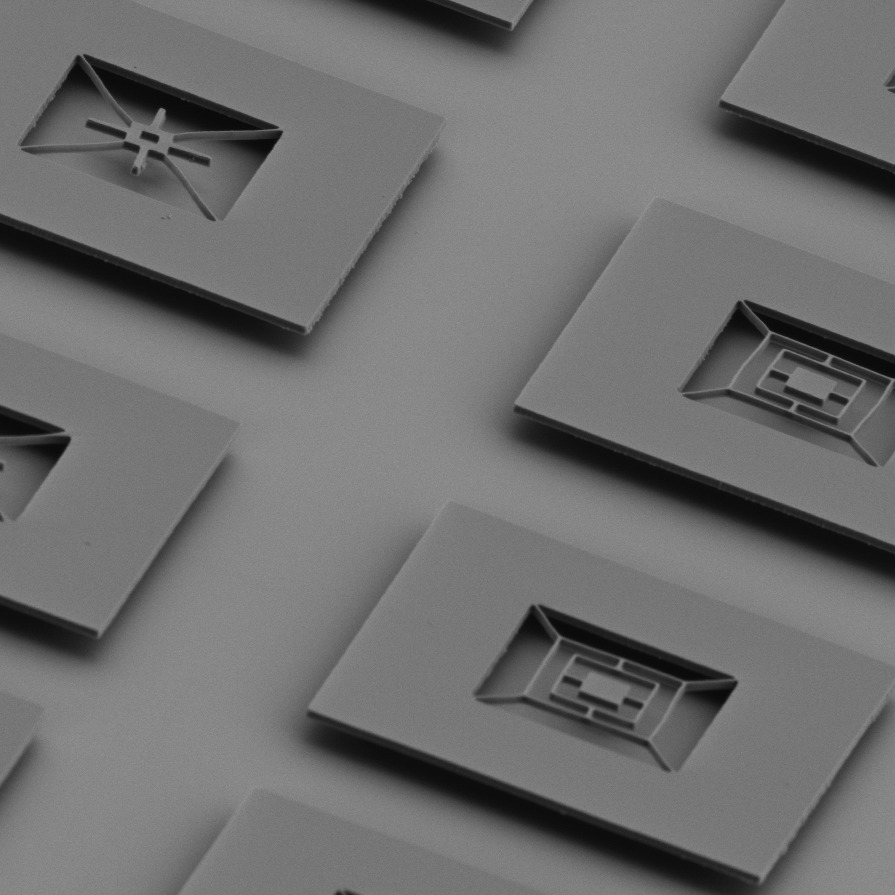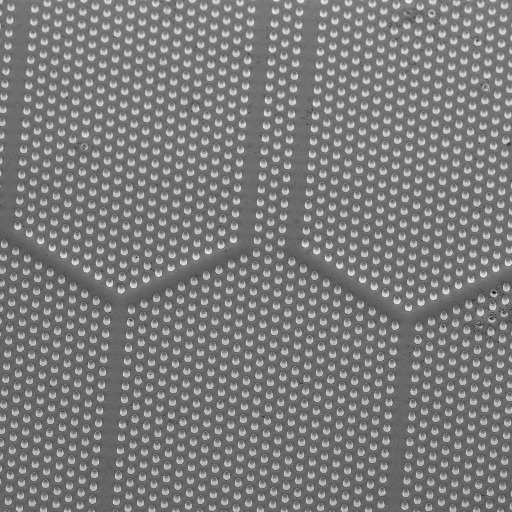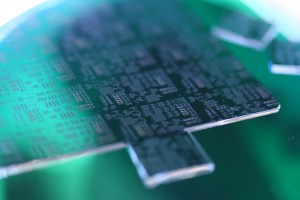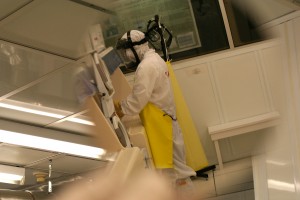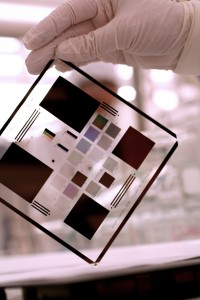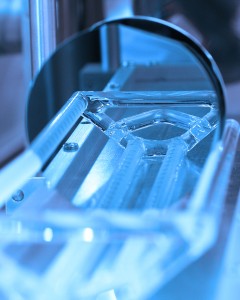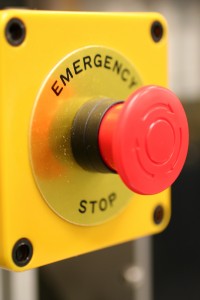Any nanoFAB users with academic projects may submit specimens to be exposed using the following process:
- The user submits a request on LMACS, of type EBL Service. Each distinct GDSII design to be exposed should be submitted as a separate request item within the request, and must include the following details:
- Substrate dimensions
- Substrate material(s)
- Substrate quantity (if multiple substrates are to be patterned with the same design)
- Substrate processing history (e.g., existing patterns on chip, bare substrate, etc.)
- Total number of layers to be patterned using EBL Service
- E-beam resist
- CD (smallest lateral feature size)
- GDSII design (upload file to request item)
- Layout details: GDSII cell name(s), layer, exposure coordinates. A diagram may be uploaded for clarity.
- nanoFAB staff review the submission, asking for more information if necessary.
- If the submission is approved, the user prepares the specimens for exposure (cleaning, spin-coating with resist/anti-charging layers, etc.)* and gives them to nanoFAB staff in a specimen-holder suitable for shipping (e.g., wafer carrier, gel-pak, etc.).
- nanoFAB staff prepare the GDSII data for exposure and ship the specimens to QNFCF.
- The specimens are exposed on the QNFCF JEOL JBX-6300FS system; expected turnaround is 1–2 weeks.
- Upon receiving the specimens back at the nanoFAB, the user develops the exposed resist.*
* Users may request for these steps to be performed by nanoFAB staff (tool and staff time to be charged to user’s project).
Please note that, as with any micro/nanofabrication process, multiple iterations may be necessary to achieve a desired result. All work will be performed on a best-effort basis.
For more information, please contact Aaron Hryciw (ahryciw@ualberta.ca).
